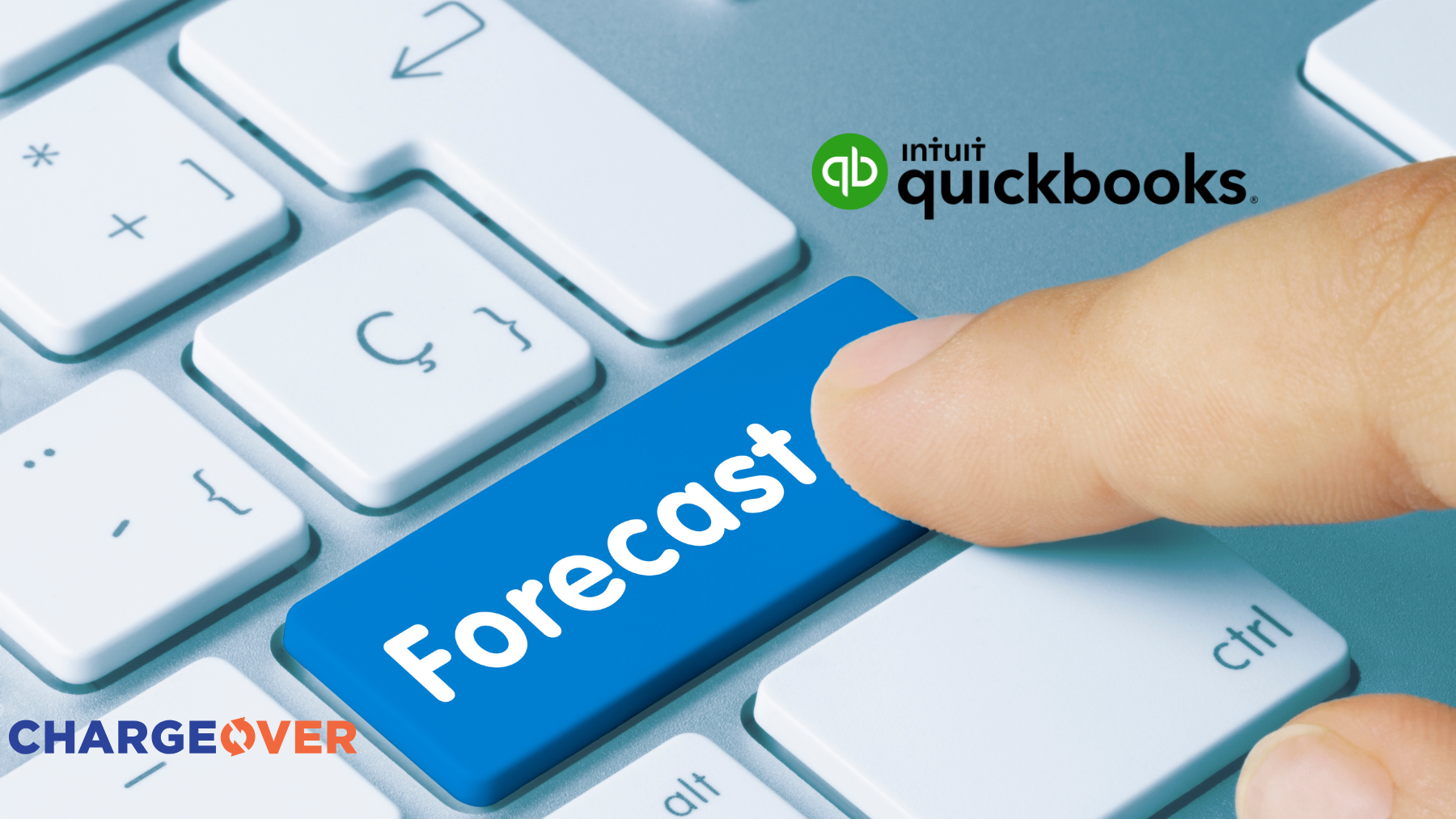In SaaS, recurring revenue metrics guide nearly every decision—from product planning to boardroom forecasts. Two of the most commonly used metrics are MRR (Monthly Recurring Revenue) and ARR (Annual Recurring Revenue). While they may seem interchangeable, each serves a distinct purpose depending on your company’s growth stage, pricing model, and reporting needs.
Understanding the difference between MRR and ARR—and how to use them correctly—can improve your financial forecasting, align teams, and reduce reporting errors.
What is MRR?
MRR stands for Monthly Recurring Revenue. It refers to the total predictable revenue a company expects to receive every month from active subscriptions.
Why MRR matters
MRR is most useful for early to mid-stage SaaS companies or businesses with primarily monthly billing plans. It helps track growth velocity in shorter cycles and is ideal for:
- Monitoring net new revenue from signups
- Tracking churn or downgrades
- Measuring impact of expansion revenue or upgrades
MRR simplifies analysis by breaking down complex revenue streams into bite-sized, month-by-month snapshots.
What is ARR?
ARR stands for Annual Recurring Revenue. It refers to the revenue a company expects to receive from subscriptions over a 12-month period. This metric is typically calculated by multiplying MRR by 12—but that only works if all customers are billed monthly.
When ARR works best
ARR is more useful for companies with annual contracts or those focused on long-term planning. It’s ideal for:
- Annual board reporting
- Valuation for fundraising or acquisition
- Budgeting over a fiscal year
If you sell primarily annual plans, ARR gives a more accurate view of your future cash flow and financial health.
When to Use MRR vs ARR
Use MRR when:
- You bill customers monthly
- You track short-term campaign effectiveness
- You’re optimizing conversion rates and churn reduction
Use ARR when:
- You operate on annual contracts
- You need a clean metric for long-term planning
- You’re reporting to investors or preparing for funding rounds
If your business supports both billing cycles, your financial dashboard should allow you to filter by cycle type. Many B2B SaaS companies use both metrics but define clear contexts for each.
Common Mistakes When Reporting Revenue
- Treating ARR and MRR interchangeably
Multiplying MRR by 12 works only if every customer is billed monthly. For mixed billing models, this leads to overstatement. - Using contracted revenue instead of actuals
Don’t count deals that haven’t started yet or bookings that don’t renew. Stick to active, paying subscriptions for recurring revenue metrics. - Double-counting upgrades
If a customer upgrades mid-cycle, it’s easy to mistakenly count both the old and new amounts. Your billing system should prorate changes and reflect only net increases.
Align Your Reporting Across the Org
Misalignment in how MRR or ARR is calculated can cause friction across teams. Sales, finance, and product may each pull slightly different numbers unless there's a unified source of truth.
To avoid this:
- Define MRR and ARR consistently in internal documentation
- Automate reporting using tools that sync with your subscription billing platform
- Keep calculations transparent and auditable
How Billing Systems Affect MRR and ARR
Accurate MRR and ARR tracking depends heavily on how your billing system handles plan changes, prorations, upgrades, and cancellations.
For example, using ChargeOver's subscription billing system gives you built-in visibility into monthly and annual revenue breakdowns without manual calculations. It helps finance teams automate revenue tracking and avoid spreadsheet errors.
You can also learn more about how ChargeOver supports reporting and forecasting tools that tie directly into subscription data, helping you make decisions with real-time visibility.
Transform Your Billing Experience
Your results are just the beginning. Learn how to optimize your billing and scale your success.


